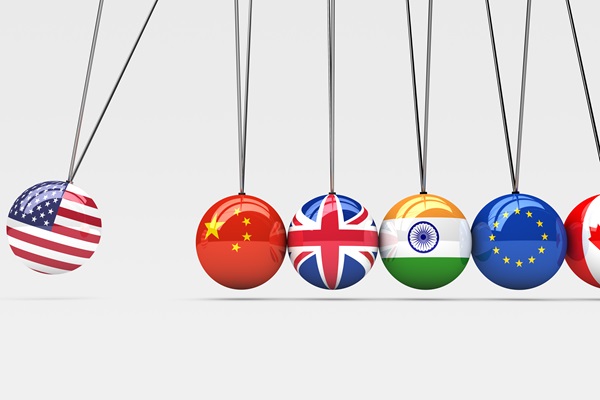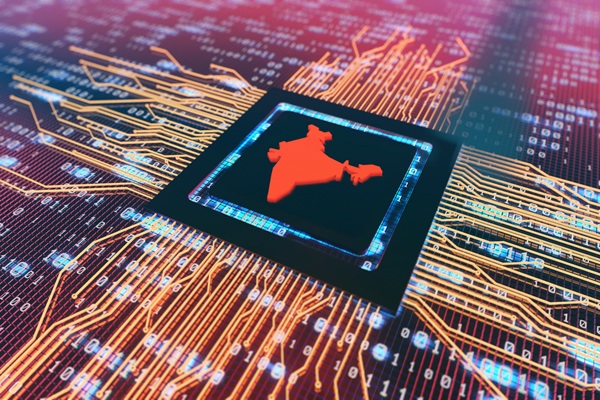.png)
April 10, 2025 at 6:19 AM IST
India should avoid long-term commitments despite a temporary cut in tariffs for most countries announced by President Donald Trump. Instead, India should look eastward, building product value chains with China in high-potential sectors like chemicals, machinery, and electronics.
By leveraging each other’s raw materials and intermediates, both nations could boost local value addition for goods destined for domestic markets and export. This pragmatic cooperation promises near-term gains and merits serious consideration at both government and industry levels.
Trump’s latest tariff salvo marks a dramatic escalation in US-China trade tensions. He announced a 125% tariff on all Chinese imports, citing China’s “lack of respect for global markets,” while offering a temporary 90-day pause on broader tariff enforcement for over 75 other countries, which will face a reduced baseline tariff of 10%.
Trump’s claim that most countries are refraining from retaliation flies in the face of swift countermeasures from the likes of the European Union and Canada. The European Union condemned the tariffs as WTO-illegal and imposed retaliatory duties. Canada followed suit, announcing defensive trade measures.
This policy appears less like a carefully crafted economic strategy and more like political theatre—designed to convey strength without sparking a full-scale global revolt. Trump’s attempt to paint the US as a trade victim under siege from unfair practices may resonate domestically, but it risks damaging US consumers and businesses more than it pressures China.
This isn’t Trump’s first rodeo with China. During the initial trade war of 2018–2023, US tariffs slashed direct Chinese imports by $81.56 billion, yet total US imports still climbed by $763.2 billion. Meanwhile, China’s global exports soared by $1.1 trillion, as it rerouted trade through other nations and expanded supply chains. These outcomes suggest that tariffs alone are an ineffective weapon in a globally connected economy.
For India, the stakes are high. A comprehensive free trade agreement to get out of the reciprocal tariff net risks locking in concessions that could devastate key sectors. Washington’s demands—slashing agricultural tariffs, weakening farmer price supports, allowing GM food imports, extending drug patents, and opening doors to US e-commerce giants—threaten livelihoods, food security, public health, and small retailers. Lowering duties on cars could also gut an industry that powers nearly a third of India’s manufacturing, much like Australia’s car sector collapsed after tariff cuts in the 1990s.
Instead, India could pitch a limited “Zero-for-Zero” deal with the US, mirroring Europe’s approach, covering 90% of industrial goods while shielding sensitive areas like autos.
Trump’s tariff theatrics—shifting from a global offensive to a China-centric replay—smack more of political posturing than coherent strategy. By sparing most countries from steeper levies, he’s dodging broader backlash while flexing muscle for domestic audiences.
India’s smarter play lies in deepening ties with China. Sharing inputs and production in strategic sectors could unlock economic wins for both nations, sidestepping the volatility of US trade policy. India must stop offering unilateral concessions to the US, especially when Trump publicly derides them as “kissing my ass.” Rather, it should prioritize FTAs with the European Union, the UK, and Canada, while strengthening ties with Japan, South Korea, ASEAN, and even China and Russia—partners whose strategic interests may better align with India’s in this multipolar moment.
At the same time, domestic reforms remain critical. India should focus on simplifying tariffs, ensuring fair and efficient enforcement of quality control orders, improving GST processes, and streamlining trade procedures.
These measures will help Indian industry become globally competitive—whatever shape the next trade war takes.





